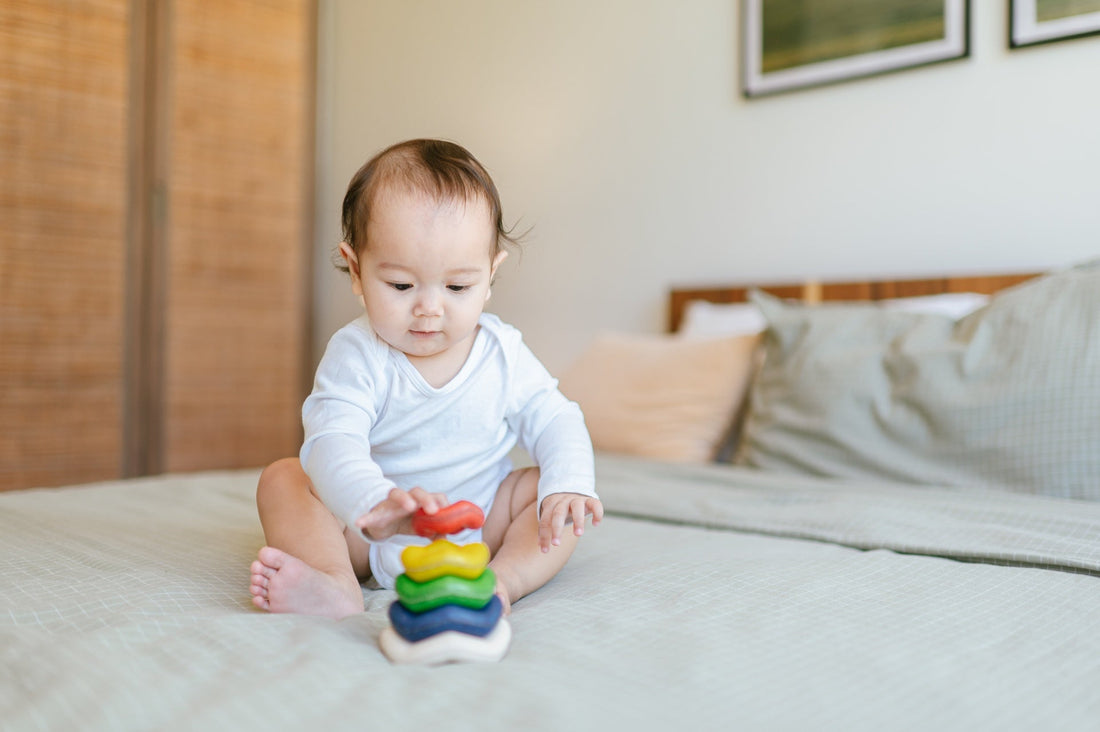
Montessori Key Principles:
Hands-on, concrete learning
Share
What is Hands-On, Concrete Learning?
This is the idea that children, especially preschoolers, learn by doing, not just by watching and listening.
They understand abstract concepts—like numbers, sizes, and colors—through direct physical interaction with tangible objects. They need to touch, move, and manipulate materials to truly grasp a concept.
Why is it important?
Learning with hands-on materials creates a deeper, more lasting understanding than learning through memorization.
It engages multiple senses, develops fine and gross motor skills, and allows children to make their own discoveries. This process builds a strong foundation for future academic learning.
How to apply it at home
Play with purpose
Choose toys that encourage manipulation, like puzzles, stacking towers, or shape sorters.
Involve them in daily tasks
Let them help you in the kitchen (stirring, pouring), with gardening (digging, planting), or with household chores (dusting, sweeping). These are rich, hands-on learning opportunities.
Use concrete tools
To teach a concept like counting, use tangible items like buttons or beads instead of just pointing to a number on a page.
Offer sensory bins
Fill a bin with rice, sand, or water and add cups, funnels, or scoops to provide a rich sensory and hands-on experience.
Playthings suggestions
Discover toys in our collection that invite to direct interaction while learning to count, stack or solve problems.



